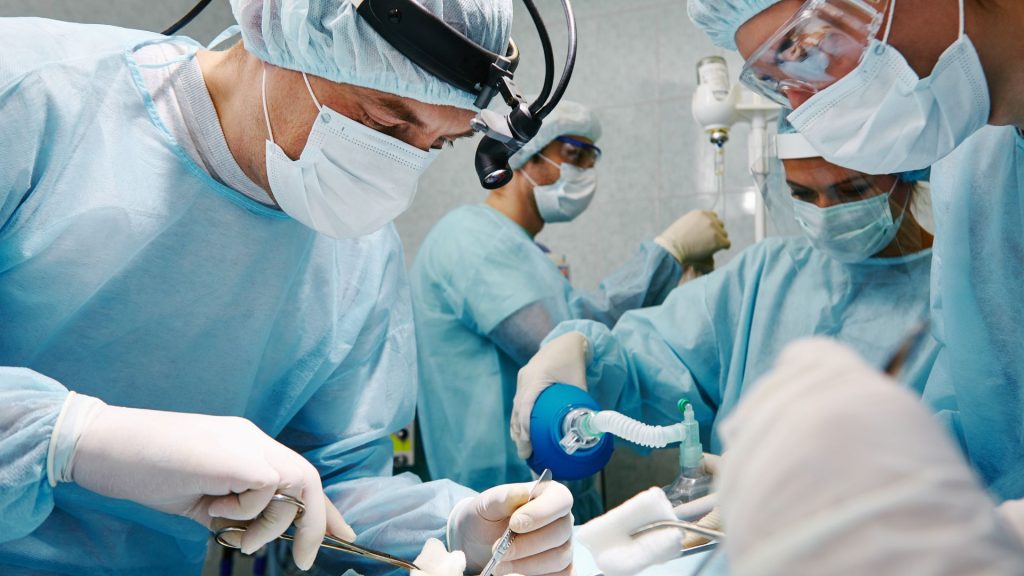Hidradenitis Suppurativa (HS) is a debilitating, chronic skin condition characterized by recurrent painful lesions and abscesses. Historically, the understanding and emerging treatments options for HS have been limited, leading to frustration, anxiety, and diminished quality of life for patients. However, the landscape of HS research and treatment has been rapidly evolving over the past few years, giving hope to those impacted by this challenging condition. Through the concerted efforts of researchers, healthcare providers, and patient advocacy groups like the Canadian Hidradenitis Suppurativa Foundation, knowledge about HS is expanding and treatment modalities are being revolutionized.
HS is notorious for being difficult to treat, with standard therapies often involving a trial-and-error approach and varying degrees of success. The complexity of HS and its diverse presentations means treatment needs to be adapted to each individual, making research into effective therapies a challenging but vitally important endeavour.
Fortunately, significant strides have been made in recent years. Advances in understanding the genetic and immunological aspects of HS have shed light on the underlying mechanisms driving this disease. This burgeoning knowledge has paved the way for new therapies, many of which are currently undergoing clinical trials. It signifies an exciting turning point in the HS landscape and holds promise for effective, targeted treatment strategies.
Journey with us as we delve into the exciting advances in HS research and explore the potential of emerging therapies in dramatically changing the outcome for patients with this complex disease.
Understanding the Genetic and Immunological Mechanisms of HS

One of the most crucial aspects of HS research involves uncovering the genetic and immunological pathways that drive the condition. Recent advancements include:
1. Identification of Key Genes: The role of genetics in HS is increasingly being recognized, with several genes identified as contributing to HS susceptibility. Among them is the gene encoding for the protein nicastrin (NCSTN), which, when mutated, can result in the development of HS.
2. Immune System Involvement: Researchers have discovered a crucial role in the immune response known as the IL-23/Th17 pathway, contributing to HS’s chronic inflammation. This finding has led to the investigation of new therapies specifically targeting this pathway to reduce inflammation and treat HS.
Novel Treatments Undergoing Clinical Trials
Several novel therapies for HS are currently undergoing clinical trials, with promising results so far. These treatments aim to target specific pathways and proteins involved in the pathogenesis of HS.
1. Biologic Therapies: A class of medications called biologics specifically target and modulate the immune response. Adalimumab, a biologic drug that inhibits the pro-inflammatory protein TNF-α, is already approved for HS treatment. Other biologic therapies targeting the IL-23/Th17 pathway are undergoing investigation, including risankizumab, guselkumab, and secukinumab.
2. Antibiotics: Newer antibiotics, such as sarecycline, are being studied for HS and have a dual action, killing bacteria and controlling inflammation. These antibiotics may provide more effective options for managing not only infection but also inflammation in HS patients.
3. Apremilast: Apremilast is another promising emerging treatment under investigation. This small molecule drug targets an enzyme called phosphodiesterase-4 (PDE4) to reduce inflammation. While apremilast is already approved for treating psoriatic arthritis and plaque psoriasis, it is currently being studied for its effectiveness in treating HS.
Adjunctive and Alternative Emerging Treatments Options
In addition to pharmacological therapies, several adjunctive and alternative treatment options are being investigated for their potential to improve HS symptoms.
1. Laser and Light-Based Therapies: Non-invasive techniques, such as laser and light-based therapies, are being studied for their potential to reduce HS lesions and improve patients’ quality of life. Some promising technologies include the Nd: YAG laser, intense pulsed light (IPL) therapy, and photodynamic therapy.
2. Platelet-Rich Plasma (PRP): PRP involves extracting growth factors from the patient’s blood, which is then injected into the affected areas, promoting tissue healing. Early studies indicate PRP might have the potential to reduce pain, inflammation, and the severity of HS lesions.
Advances in the understanding of HS’s genetic and immunological mechanisms and the rapid development of new treatments have transformed the landscape of HS research and care. As our knowledge of this complex condition continues to grow, new treatments become available, and healthcare providers become better equipped to manage HS effectively. It is important for patients and clinicians to stay informed about these advancements and to collaborate in advancing HS research and treatment.
The Canadian Hidradenitis Suppurativa Foundation (CHSF) is dedicated to advancing HS research and awareness. By fostering collaboration among researchers, clinicians, and patients, the CHSF helps to expedite discoveries and facilitate the dissemination of knowledge about HS. Additionally, the CHSF offers educational events, webinars, and online resources, ensuring both patients and healthcare providers have access to the latest information on managing hidradenitis suppurativa and research developments. Reach out to us today for more information.
